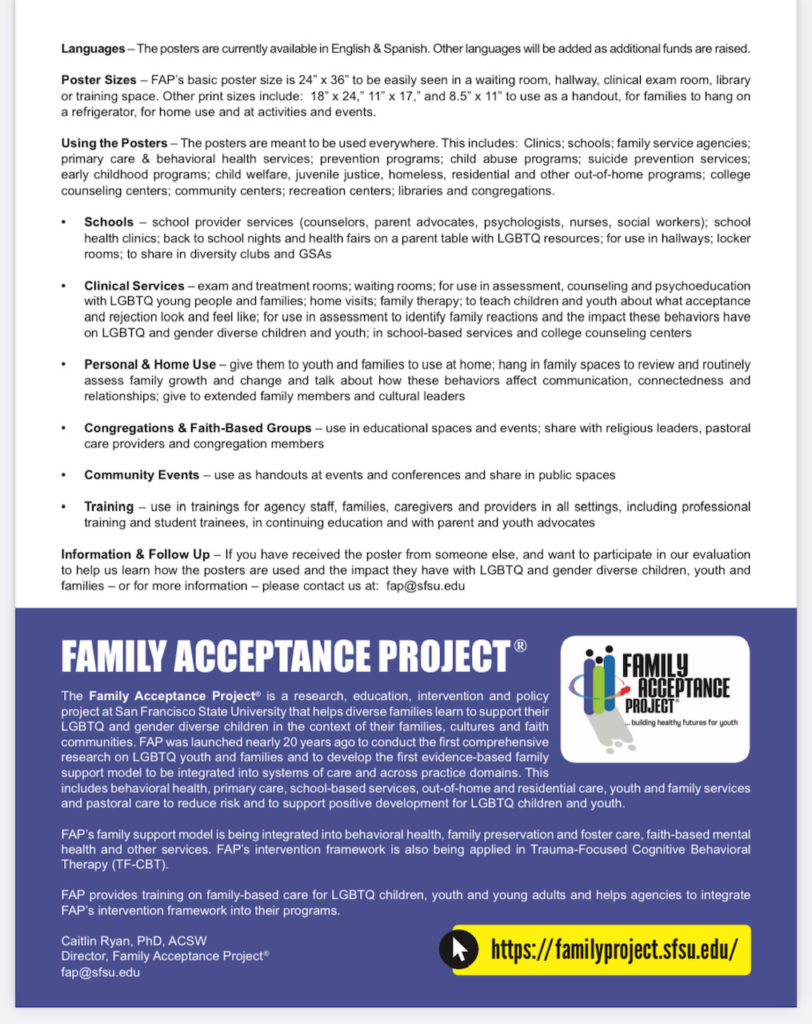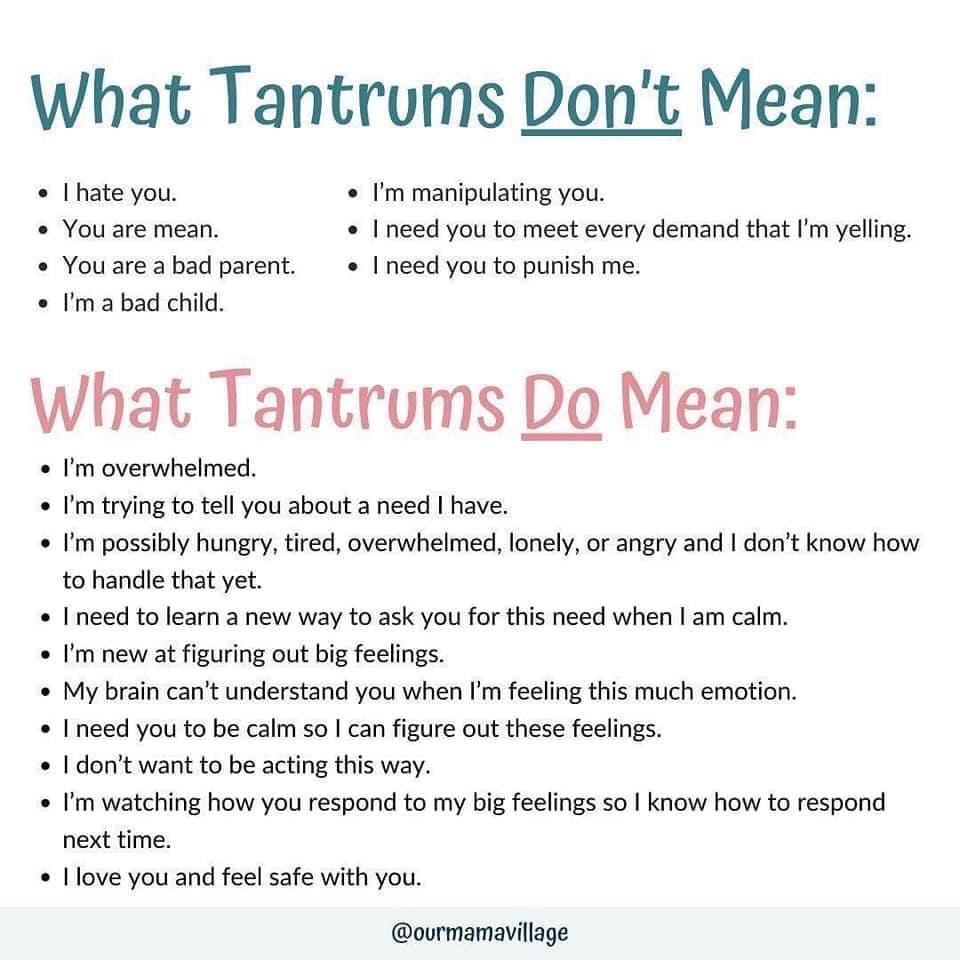
Category: Resource
-

Resource List for Working with LGBTQ Clients
The Trevor Project. Trevor Project is the nation’s only crisis intervention and suicide prevention agency for LGBTQ+ youth. You can call, text, or chat with them 24/7.
TrevorLifeline — A crisis intervention and suicide prevention phone service available 24/7 at
1-866-488-7386
TrevorText — Text “START” to 678678. Standard text messaging rates apply. Available 7 Days
A Week, (6am–1am ET/3am–10pm PT).
TrevorChat — Available 7 Days A Week, (6am–1am ET/3am–10pm PT). Access by going to https://www.thetrevorproject.org/get-help-now
Parents and Families of Lesbians and Gays (PFLAG) www.pflag.org
Gay, Lesbian, and Straight Education Network (GLSEN) www.glsen.org
TransYouth Family Allies www.imatyfa.org
GayChurch.org www.gaychurch.org (website that helps you find a local open and affirming congregation)
-
April Resources

Free Seminars Regarding Autism (Penn State University)
https://sites.psu.edu/asdpsu/past-monthly-seminars
ACES and Dr. Nadine Burke
LGTBQ+ Terminology
https://docs.asee.org/public/LGBTQ/LGBTQ_Terminology_Handout.pdf
Coming Out (The Trevor Project)
https://www.thetrevorproject.org/wp-content/uploads/2019/10/Coming-Out-Handbook.pdf
Family Acceptance Project
https://familyproject.sfsu.edu/
Spirituality in Family and Play Therapy
Contemporary Families
How to Make and Use a Genogram


